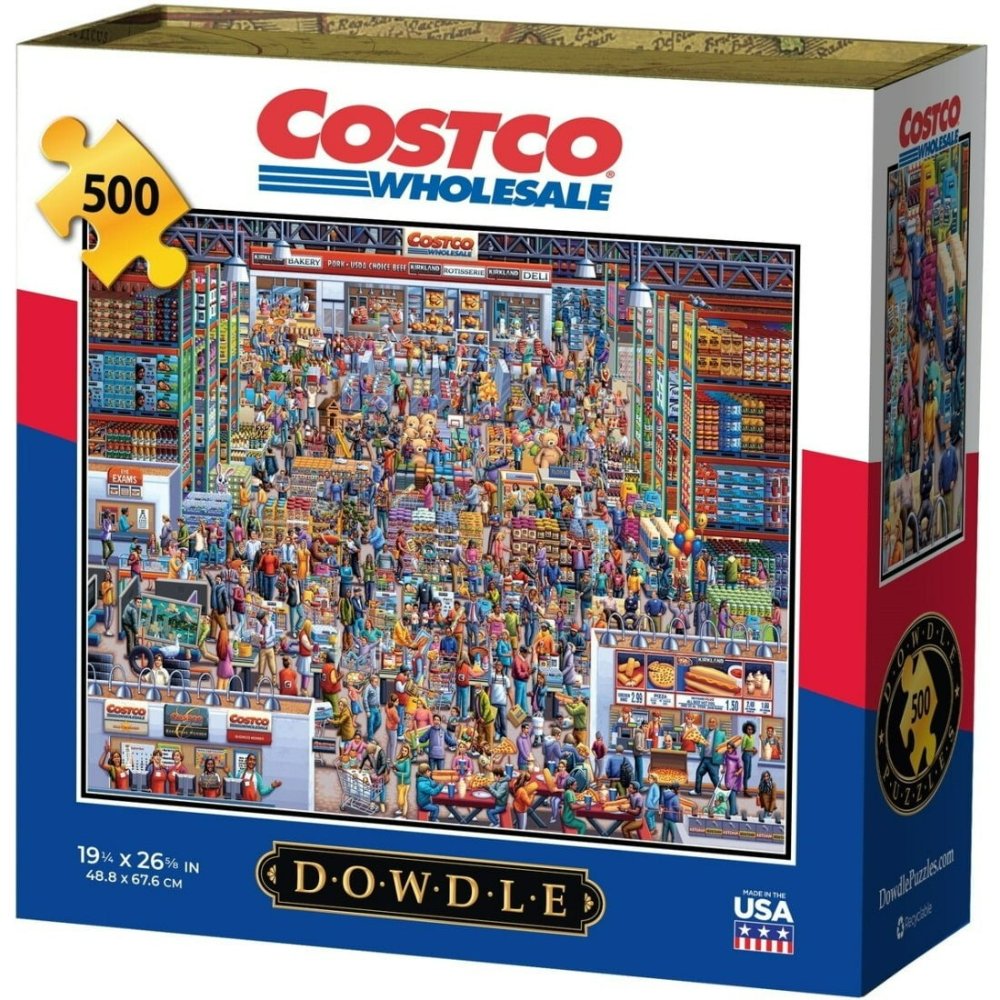Pokemon, short for “Pocket Monsters,” symbolizes more than just a series of video games. It represents a cultural phenomenon that has captivated millions worldwide. From its humble beginnings in Japan to its global dominance, Pokemon has transcended video games to become a household name. This article explores the history, cultural impact, and enduring legacy of the Pokemon franchise, shedding light on its multifaceted influence.
The Origins and Evolution of Pokemon
The Pokemon franchise began as a pair of video games for the original Game Boy. Launched in 1996, “Pokémon Red” and “Pokémon Green” ( later redesigned as Pokemon Blue for international audiences) set the stage for an enduring legacy.

The Creation of Pokemon
Satoshi Tajiri, the creator of Pokemon, drew inspiration from his childhood interest in collecting creatures. His passion for bug collecting translated into the conceptual framework of Pokemon: catch, train, and battle unique creatures. With the help of Ken Sugimori, the chief illustrator, and Game Freak, the development team, the idea came to fruition after six years of development.
The original games targeted children but appealed to a wider audience. Players took on the role of Pokemon Trainers, tasked with capturing various creatures and fighting other trainers. The concept of trading Pokemon to complete the collection forced players to interact with each other, adding a social dimension to the game.
Expansion and Adaptation
Following the success of the initial games, the Pokemon franchise expanded rapidly. First came the anime series in 1997, which followed the adventures of Ash Ketchum and his Pikachu. This show amplified the popularity of Pokemon, introducing the characters and world to a broader audience. Kids tuned in daily to watch Ash’s quest to become a Pokemon Master.
The Trading Card Game (TCG) followed soon after, providing another interactive way to immerse in the Pokemon universe. The cards became highly collectible items, with some rare cards fetching high prices in secondary markets. This diverse approach—games, TV shows, and trading cards—ensured that Pokemon became deeply ingrained in popular culture.
Continued Evolution
Subsequent generations of Pokemon games built on the original’s success. Each new installment introduced new regions, mechanics, and Pokemon, keeping the formula fresh. The games’ graphics and mechanics improved with advances in gaming technology, maintaining their appeal to both older fans and new players. Special events, updates, and downloadable content continue to engage an ever-growing community of players worldwide.
The Cultural Impact of Pokemon
The Pokemon franchise’s impact goes beyond entertainment; it has shaped cultural norms, influenced generations, and become a subject of academic study.
Pokemon in Popular Culture
Pokemon quickly became a global phenomenon. The franchise’s symbols and characters, especially Pikachu, became cultural icons. Pikachu’s visage appeared on everything from clothing to airplanes, solidifying its place in popular culture. Pokemon references permeate various media forms, including films, music, and literature.
Celebrities and public figures often express their love for Pokemon, further embedding it into societal consciousness. For instance, Katy Perry, Post Malone, and J Balvin participated in PPokemon’s 25th-anniversary celebrations, showcasing the franchise’s wide-reaching influence.
Educational and Developmental Influence
Pokemon has educational aspects that contribute to cognitive and social development. The games incorporate elements of math, strategy, and critical thinking. Players learn about ecosystems, types, and species strengths and weaknesses. This engagement encourages problem-solving skills and cognitive development.
The Pokemon universe also teaches values like friendship, perseverance, and teamwork. Whether through trading cards, teaming up in battles, or collaborating onPokemon Go events, young players learn the importance of cooperation and shared goals.
Pokemon and Socialization
From its inception, Pokemon has fostered socialization among its fans. The concept of “Gotta Catch ‘Em All” encouraged interactions through trading, battling, and sharing experiences. Pokemon Go, released in 2016, took this social aspect to a new level. The augmented reality game got people outdoors, leading to spontaneous meetups and community events. Players collaborated to capture Pokemon, enhancing communal bonds.
The Evolution of Pokemon Games
Over the years, Pokemon games have evolved in complexity, graphics, and interactivity. Each generation introduced new gameplay elements that resonated with fans.
Generational Shifts
The main series of Pokemon games are divided into generations, each marked by the release of a core Pokemon game pair. Every generation introduces a new region, Pokemon species, and game mechanics. For example, Pokemon Gold and Silver introduced the day-night cycle, Pokemon Diamond and Pearl introduced online trading and battling, and Pokémon Sword and Shield brought features like Dynamaxing and an open-world gallery region.
These generational shifts ensure that the Pokemon series remains fresh and relevant. New gameplay mechanics and storytelling elements keep long-time fans engaged while attracting new players.
Spin-offs and Mobile Games
The Pokemon franchise isn’t limited to its main series games. Numerous spin-offs explore different gameplay styles and genres. Titles such as “Pokémon Mystery Dungeon,” “Pokémon Snap,” and “Pokémon Ranger” introduce new ways to engage with the Pokémon world.
Mobile games have also significantly expanded Pokémon’s reach. “Pokémon Go,” in particular, revolutionized mobile gaming with its augmented reality (AR) framework. Players could physically explore their surroundings to find Pokemon, integrating the game into their daily lives. Other mobile titles like “Pokémon Masters” and “Pokémon Café Mix” continue to diversify the franchise’s offerings.
Pokemon Trading Card Game
The Pokemon Trading Card Game (TCG) remains a cornerstone of the franchise. Launched in the late 1990s, the TCG allows fans to collect and trade cards and participate in competitive play. The game’s success led to official tournaments and World Championships, emphasizing skill and strategy. Exclusive cards and rare finds add a layer of excitement, drawing collectors and players alike.
The Commercial Success of Pokemonn
The Pokemon franchise is one of the most lucrative media franchises globally. Its commercial success spans various forms of media and merchandise.
Video Game Sales and Impact
As of 2021, the main series Pokemon games had sold over 380 million copies worldwide. Major releases often lead to surges in console sales, highlighting Pokemon’s role as a system seller for Nintendo consoles. Each new release garners global attention, driving preorders and topping sales charts.
The commercial success extends to spin-off games and mobile apps like Pokémon Go. Pokémon Go alone generated over $6 billion in revenue since its launch, proving the franchise’s robust earning power.
Merchandise and Licensing
The Pokemon brand extends far beyond video games. Merchandise like toys, apparel, and school supplies are ubiquitous, contributing significantly to the franchise’s earnings. The Pokemon Company licenses its characters for various products, ensuring a continuous income stream. The appeal crosses generational lines, making Pokemon merchandise a hot commodity for both kids and nostalgic adults.
Television and Movies
The Pokemon television series enjoys enormous popularity. It has aired over 20 seasons and spawned multiple full-length movies. These films explore different facets of the Pokemon universe, offering fans deeper insights and storytelling. Movies like “Pokémon: The First Movie” and “Detective Pikachu” have been box-office hits, further cementing Pokemon’s cultural relevance.
The Community and Fan Culture Around Pokemon
One of the most remarkable aspects of the Pokemon phenomenon is its vibrant, engaged community. Fans across the globe celebrate Pokemon through various venues and activities.
Online Communities and Forums
Online communities play a crucial role in sustaining interest in Pokemon. Forums like Reddit’s r/pokemon and specialized websites like Serebii.net provide platforms for fans to discuss strategies, tips, and updates. Social media amplifies this sense of community, creating shared experiences and collaborations.
YouTube and Twitch offer spaces for Pokemon content creators to share gameplay, tutorials, and opinions. Content ranges from competitive play analysis to casual Let’s Play videos, engaging fans in diverse ways. These platforms allow fans to interact directly with creators, strengthening the communal bond.
Fan Art and Creativity
The Pokemon universe inspires countless fan art creations. Artists take to platforms like DeviantArt and Instagram to showcase their interpretations of Pokemon, often adding unique twists or exploring different artistic styles. Fan fiction also thrives, with enthusiasts writing stories that delve deeper into character backstories, alternative timelines, and new adventures.
Conventions and fan events often feature artist alleys where fans can purchase prints, commissions, and other Pokemon-inspired artworks. This vibrant subculture celebrates creativity and shared passion, enriching the overall Pokemon experience.
Competitive and Casual Play
Pokemon’s competitive scene is a significant aspect of its community. The Pokemon World Championships, held annually, bring together the best players from around the globe. These events highlight the depth of strategy and skill involved in Pokemon battles. Competitions also foster sportsmanship and camaraderie among participants.
Casual play remains integral to the Pokemon experience. Local meetups, online tournaments, and friendly battles allow fans of all ages to enjoy the games at their own pace. This inclusive approach ensures that everyone, from hardcore competitors to casual enthusiasts, finds a place within the Pokemon community.
The Enduring Legacy of Pokemon
Pokémon’s enduring legacy is a testament to its multifaceted appeal and continuous evolution. As the franchise approaches its 30th anniversary, its impact remains as significant as ever.
Adaptation and Innovation
One of Pokemon’s strengths is its ability to adapt. The franchise evolves with technological advancements and changing consumer preferences. This adaptability ensures that Pokemon remains relevant to each new generation. Innovations in gameplay, storytelling, and technology keep the franchise fresh and engaging.
Pokemon’s ability to embrace new media, including mobile gaming and AR, demonstrates its forward-thinking approach. These adaptations expand the franchise’s reach, attracting diverse audiences and creating new experiences.
Cultural Impact and Education
Pokemon’s influence extends beyond entertainment. It has educational elements that foster problem-solving, critical thinking, and strategic planning. These aspects contribute to cognitive development and offer valuable learning experiences.
The franchise also promotes positive values like friendship, perseverance, and teamwork. Through shared experiences, fans build lasting connections and develop social skills. Pokemon’s cultural impact enriches lives and creates a sense of belonging among its diverse fanbase.
Future Prospects
The future of Pokemon looks promising. Ongoing developments in gaming technology, storytelling, and community engagement ensure that the franchise will continue to thrive. Upcoming game releases, expansions to mobile platforms, and innovative merchandising strategies will sustain Pokemon’s appeal for years to come.
The Pokemon Company’s commitment to evolving the brand while honoring its roots ensures a balanced approach to growth. As new generations discover the magic of Pokemon, the franchise’s legacy will continue to flourish, leaving an indelible mark on popular culture.
Conclusion: The Magic of Pokemon
Pokemon’s journey from a simple idea to a global phenomenon is a remarkable story. Its rich history, cultural impact, and enduring legacy showcase its multifaceted appeal. The franchise’s ability to adapt, innovate, and engage ensures its lasting relevance.
At its core, Pokemon is about more than just catching creatures; it’s about imagination, creativity, and community. The franchise brings people together, inspires creativity, and enriches lives. Whether through games, TV shows, trading cards, or fan art, Pokemon offers a world of endless possibilities.
As Pokemon continues to evolve and grow, it will undoubtedly remain a beloved part of popular culture. Its charm and magic will continue to captivate generations, leaving a lasting legacy for years to come.






